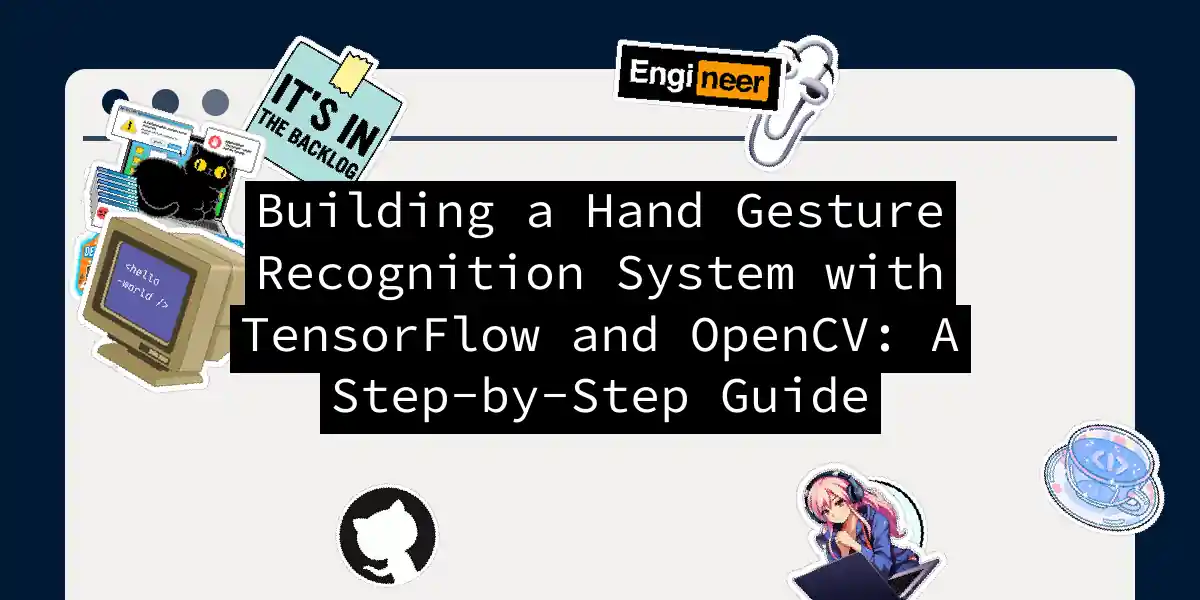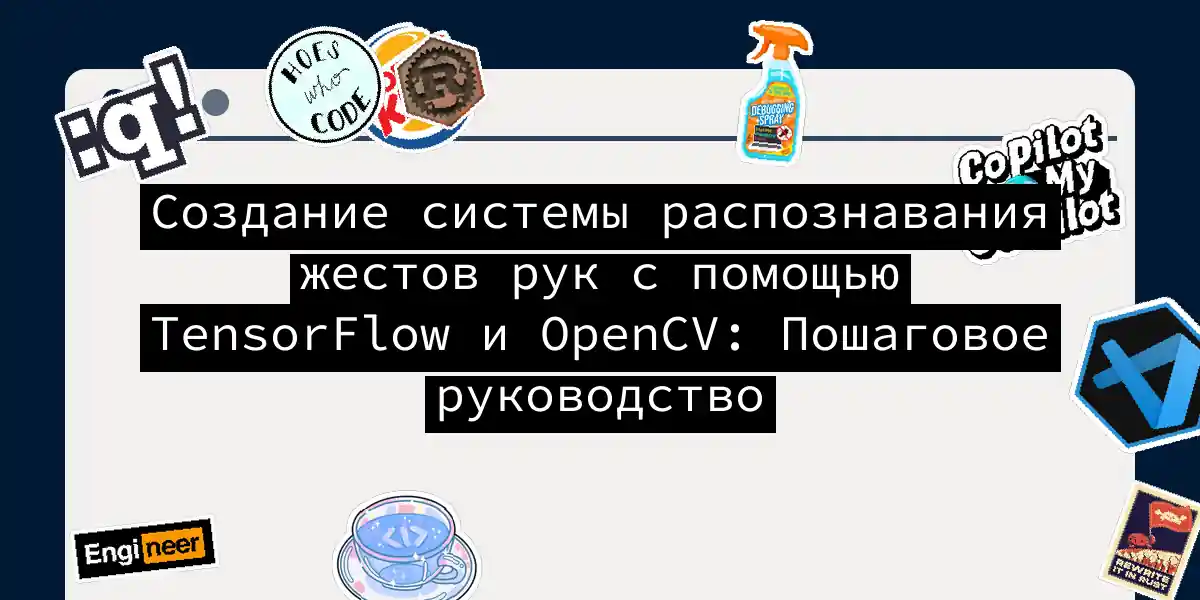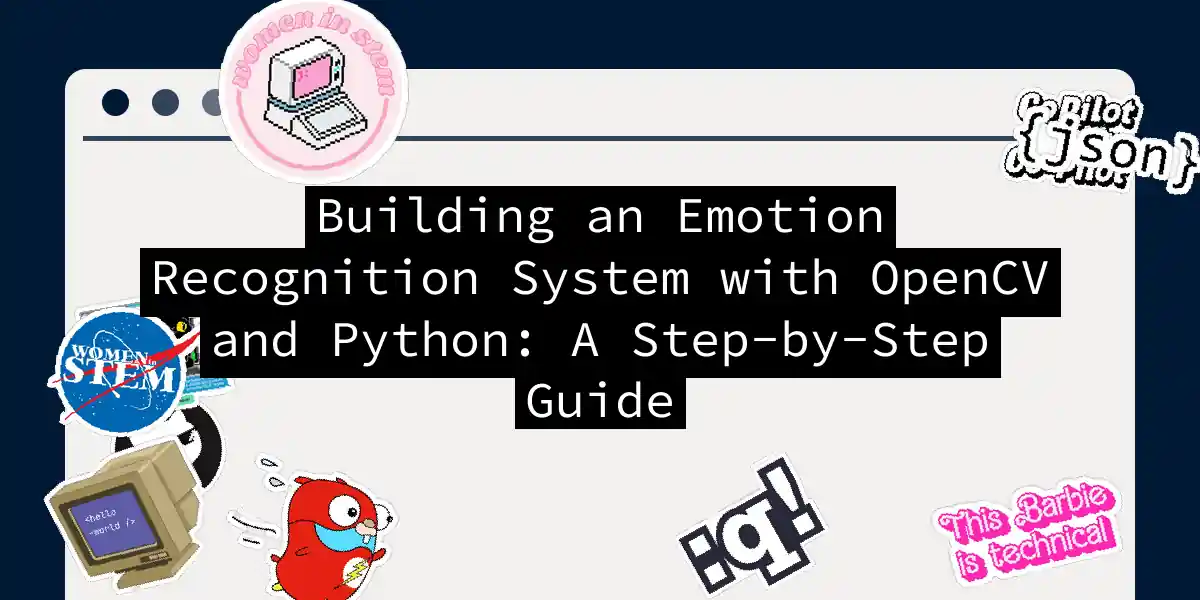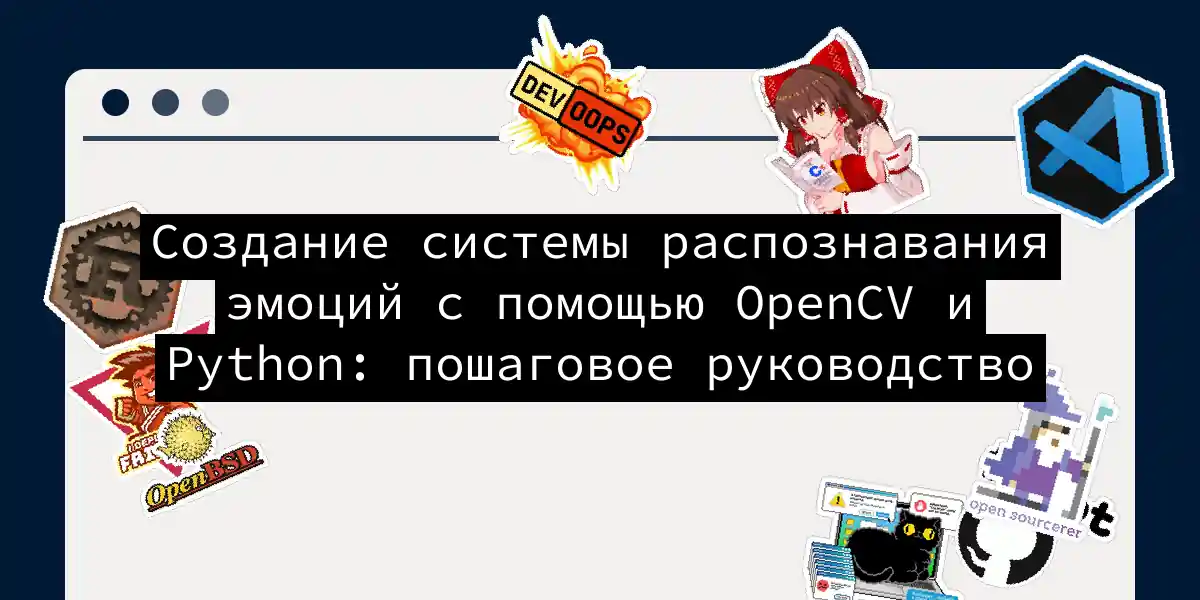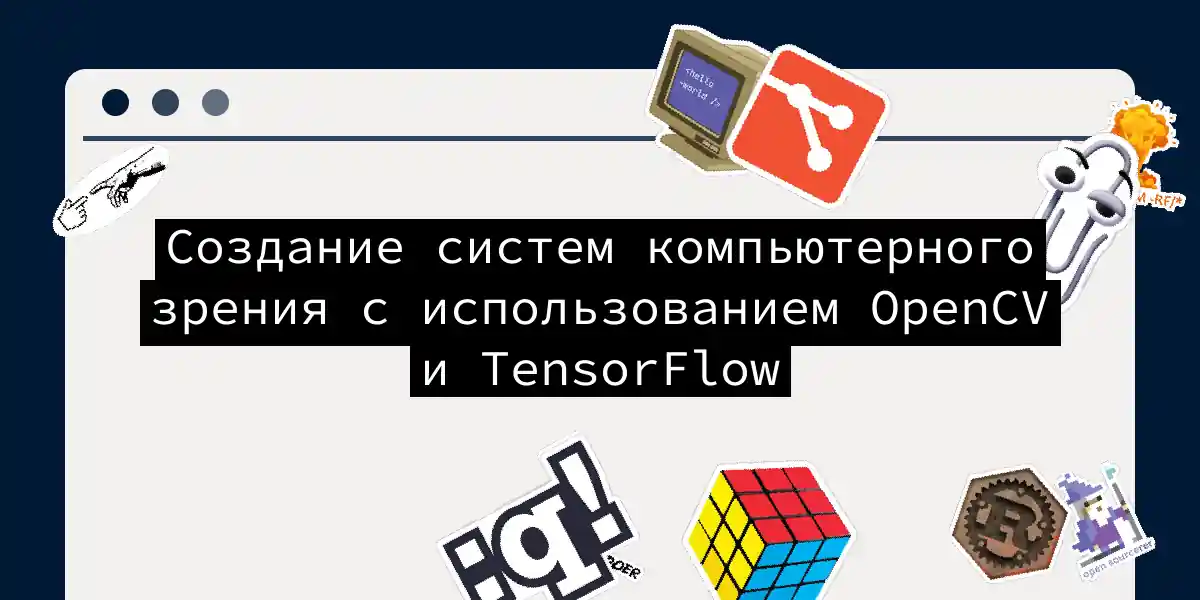
Создание систем компьютерного зрения с использованием OpenCV и TensorFlow
Введение в компьютерное зрение Компьютерное зрение, искусство заставлять машины видеть, — это увлекательная область, которая произвела революцию в том, как мы взаимодействуем с технологиями. Представьте себе мир, где ваш смартфон может распознавать ваше лицо, ваша машина может ездить сама по себе, а система безопасности вашего дома может предупреждать вас о любой подозрительной активности. Всё это возможно благодаря мощному сочетанию OpenCV и TensorFlow. Почему именно OpenCV и TensorFlow? OpenCV (библиотека компьютерного зрения с открытым исходным кодом) — это сокровищница алгоритмов обработки изображений и видео....
